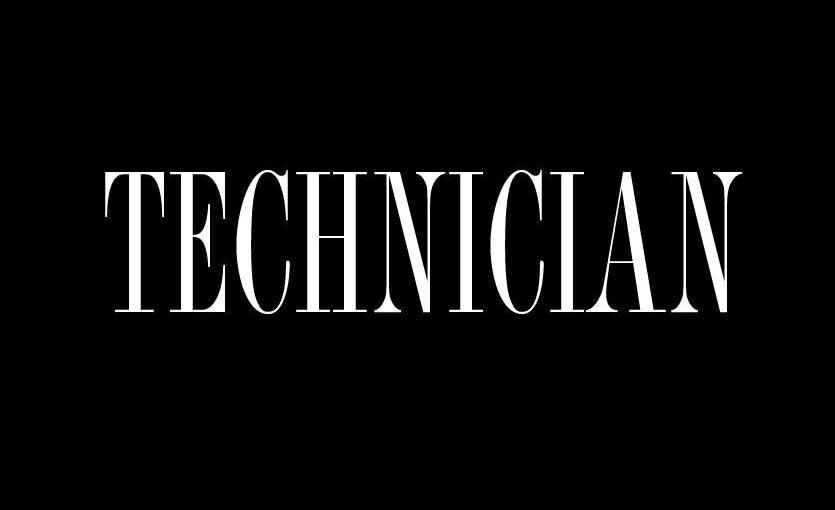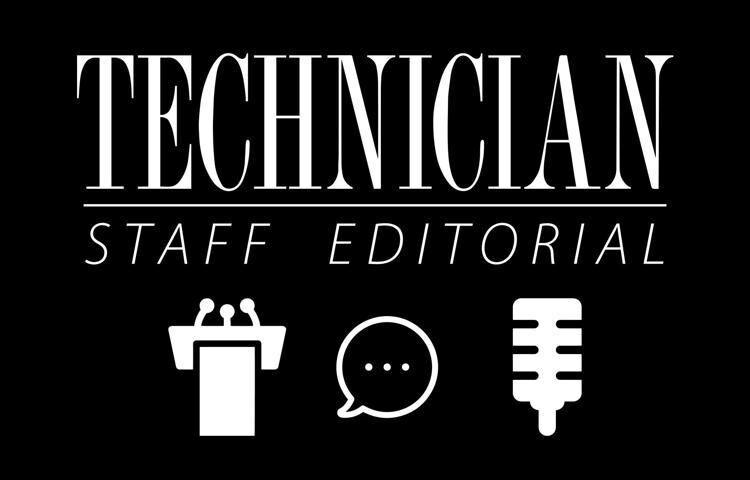On Sept. 19, President Barack Obama and Vice President Joe Biden launched It’s On Us, an initiative to end sexual assault on college campuses.
At its most fundamental level, It’s On Us works as an awareness campaign, as the official blog of the White House phrases it. Those involved in the campaign, including the president, vice president, actor Jon Hamm and myriad other movie and television stars, present facts and statistics about sexual assault through video. But that’s about as far as it goes.
First and foremost, it’s wonderful that the White House has taken it upon itself to bring awareness to such a prevalent global problem. This sort of campaign joins the likes of Emma Watson’s HeForShe initiative, in that it generates a national dialogue about sexual assault, begging that we reevaluate how we view both perpetrators and victims of various sexual and relationship crimes.
A dialogue is a great start, but the It’s On Us campaign lacks qualitative substance. It feels devoid of anything that could put an end to sexual assault.
So far, the only noticeable difference the initiative has made has been to the Facebook profile pictures of a minority of college students who have framed their photos within the It’s On Us logo. Rather like a sect of slacktivists, those who change their profile pictures are only reaching their likely likeminded friends, and it seems as though their efforts only preach to the choir, so to speak.
Aesthetically speaking, the logo does not work. At first glance, it appears only to read “It’s On,” which implies an entirely different — if not completely counterintuitive — message compared to the campaigns intended message of obtaining consent to curb rape.
Just because only a few select people might see their friends’ fancy new profile pictures, It’s On Us has at least done a good job in partnering with the NCAA and EA Sports, effectively reaching a largely macho male population — the same population that, historically, has not been part of the conversation, but most needs to be.
Still, efforts such as these do not go far enough to end sexual assault.
A simple look at the campaign’s website demonstrates the tone-deafness and ambiguity of It’s On Us. Aside from its impossible navigation, itsonus.org fails to provide its visitors with any meaningful or applicable information about how to combat sexual assault. Most of the “tips” it offers are vague and rely on the notion that everyone else is a potential perpetrator; we only need to address others’ behaviors and pay no attention to our own potential for sexual assault.
Further, victims must scroll through all of the tips before the site provides its only resource, the National Sexual Assault Hotline number, 1-800-656-HOPE. It seems as though this came as an afterthought and is the only genuinely helpful tool on the site.
The website also urges visitors to “take the pledge,” which vaguely includes “a promise not to be a bystander to the problem, but to be a part of the solution,” and not much more.
As this campaign comes from the White House, it’s exceptionally underwhelming. By comparison, the California governor signed the “Yes Means Yes” bill into law, which defined consent as a clear “yes” as opposed to the absence of a “no” —perpetuated by the “no means no” mentality—helped to clear up a lot of ambiguities in dealing with sexual assault on a legal basis.
It is on us to stop sexual assault, but apparently that also means it’s on us to figure out how. It’s great that, after multiple campuses have faced sexual assault controversies, national leaders are finally taking some form of initiative and sparking dialogue. However, these same leaders have left us with a vague, unclear vision as to how we should address the problem.





